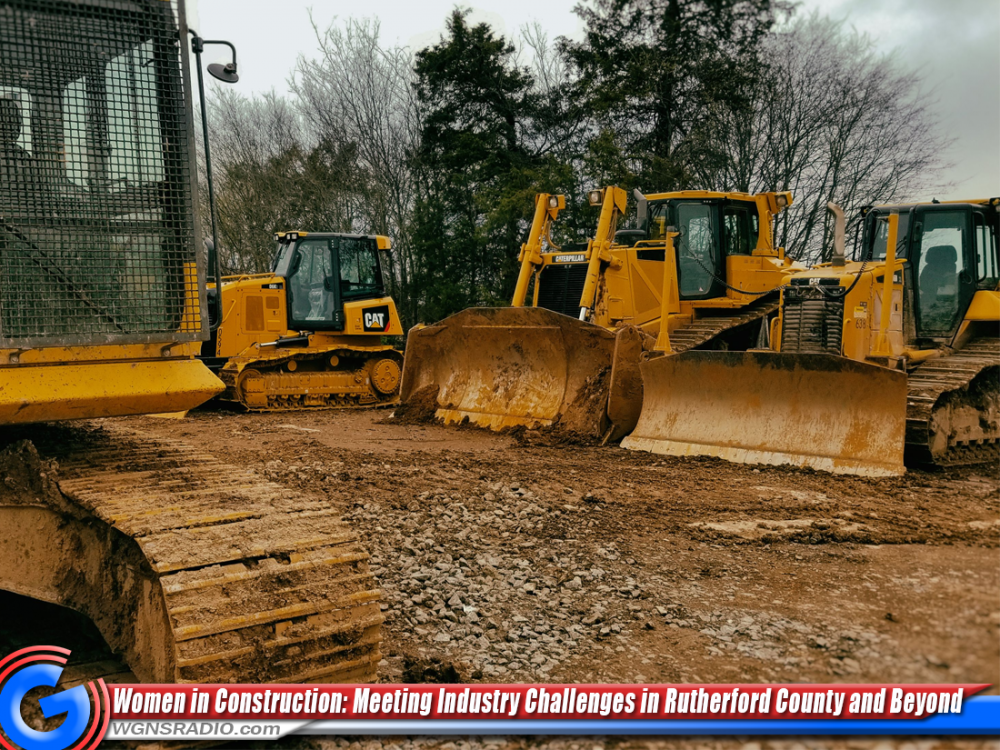RUTHERFORD COUNTY, TN - As President Donald Trump’s efforts for mass deportation loom, which could drastically reduce the already understaffed construction workforce by approximately 1.5 million undocumented workers, the importance of women’s representation in the industry has never been more critical.
A recent study by Construction Coverage examined female employment trends across the top 100 U.S. metropolitan areas and all 50 states. Rutherford County ranked at number 58 on that list, which places us closer to the middle, but far from the top. In the Murfreesboro area, women currently make up 11% of the construction workforce, contributing to about 8,332 female workers in the Nashville-Davidson-Murfreesboro-Franklin Metro Statistical Area. Notably, the median earnings for full-time workers in the local construction sector are nearly $55,000 annually.
However, data shows a slow increase in female employment within the construction trade in Rutherford County, increasing from 10.8% in 2024 to 11% in 2025. Five years ago, the women’s employment share in construction stood at only 9.9%, signifying a 1.1% growth over the last five years. Remarkably, wages in the construction industry have surged by 32% since then, with the median pay rising by around $13,000 locally.
Statewide, Tennessee reports that women almost account for 10.4% of the construction workforce, with female workers earning an annual median salary of $51,235, compared to 206,000 males in the same field. Nationwide, women represent 11.5% of the industry, illustrating a growing trend aided by targeted training programs and initiatives.
Despite the promising growth, women often find themselves concentrated in administrative and managerial roles rather than field positions. Only 4.5% of transportation and 4.1% of construction roles are filled by women.
The construction sector provides higher wages for women compared to other industries, with female workers earning a median annual income of $54,044, demonstrating construction’s potential as a lucrative career path.
As women’s presence in the construction industry steadily increases, ongoing support and initiatives are crucial for maintaining progress and addressing the labor shortages plaguing the industry. With the potential for further growth, women are set to play a vital role in shaping the future of construction in the U.S.





